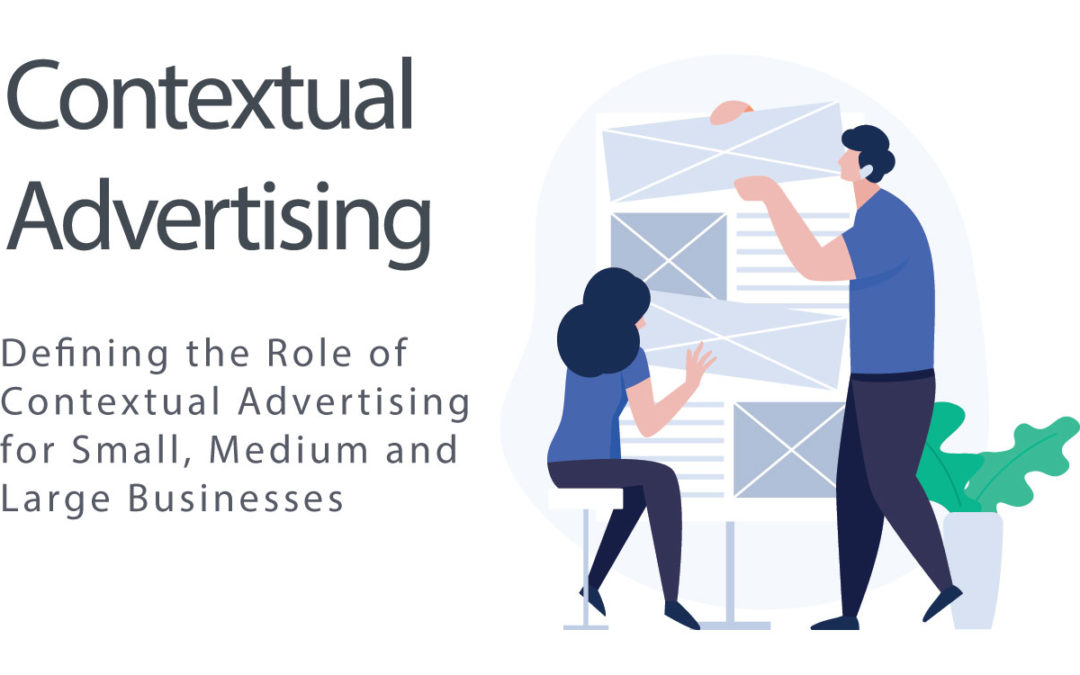Defining the Role of Contextual Advertising for Small, Medium and Large Businesses
Contextual advertising places targeted goods and services (advertisements) in close proximity to what users are looking for online by analyzing keywords or search terms entered by users and/or their recent browsing activity.
Contextual advertising has been an advertising method for nearly 20 years. It continues to be used today because it focuses on goods and services that potential consumers are likely to be interested in, or purchase, based on their online search activities.
How Does Contextual Advertising Work?
Contextual advertising is an advertising method that places ads of products and services to users very closely to and related to information they are already looking for, even if the item they’re searching for is different from the one that is being advertised. Users are likely to see these ads published in one of two ways:
- A pop-up ad (an ad that often appears as a small window that requires action from the user to open or close it).
- An ad placed beside a webpage or other application.
Think about searches performed online, on any device, when you’re planning a vacation. If you enter “hotels in Toronto,” to investigate some options, and then go back online an hour later to search for something completely unrelated, such as what time a movie starts at your local theatre, you’re likely to see ads for tourist attractions in Toronto as you’re planning your trip to the movies.
How Did Mainstream Contextual Advertising Start?
Marketers started using programs to assist them with posting and positioning contextual ads online. Google Ads (formerly Google Ads) was the pioneer, and several other companies, including Media.net, Propeller Ads and Popads, launched contextual ad platforms.
Technology related to contextual ad platforms continues to become more sophisticated; ads can be further customized to other variables, including demographic information and geographic location, in addition to the content on the page.
What are the Pros and Cons of Contextual Advertising?
Let’s dive into the positives first. Marketers use this type of advertising because it broadens their reach (the ability to deliver messages to profitable audiences without having to manually search for them) without the need to find buyers or technology experts to track them. It doesn’t require a large upfront investment to be effective; data from a Customer Relationship Management (CRM) tool is sufficient to get started.
Automated contextual advertisements have resulted in more sales for small, medium and large businesses in many different industries. It is tough to state which size or type of business benefits the most, or the least, from contextual advertising more than another because there are many variables.
What are the downfalls of contextual advertising? Some users feel that their privacy is being compromised to provide personal information for marketing purposes.
Some users find the contextual ads distracting because they disrupt the content they’re searching for. Back to the vacation/movie example, users may wonder why they’re seeing ads for dinner at the CN Tower when they’re trying to buy movie tickets.
While there are definite pros and cons related to this marketing tactic, contextual advertising is a cost effective way to reach target audiences and generate more sales and revenue. Successful application and execution of contextual marketing requires good quality data, and the ability to optimize it to find the right consumers in the right place and time to help businesses of all sizes grow.

